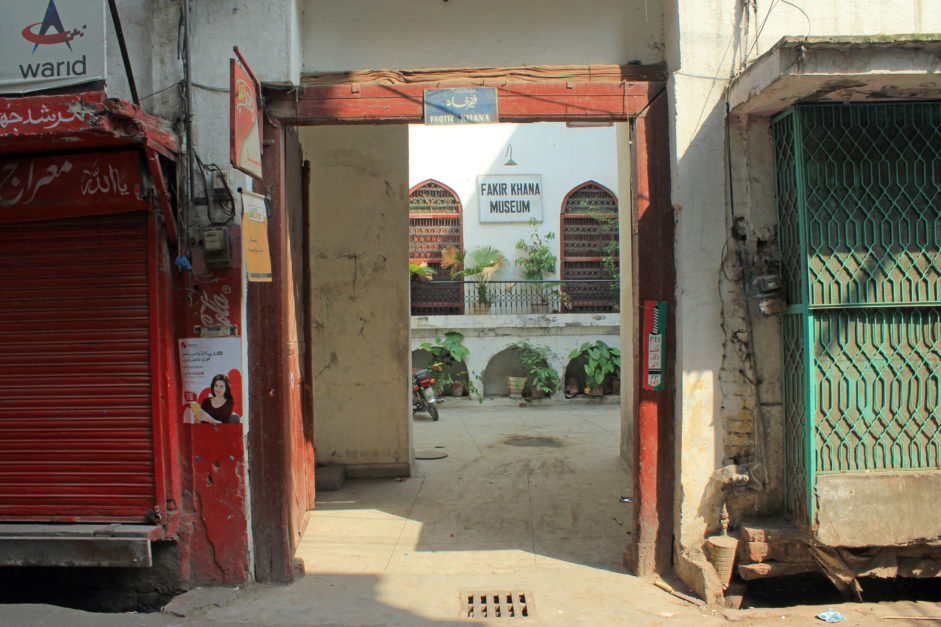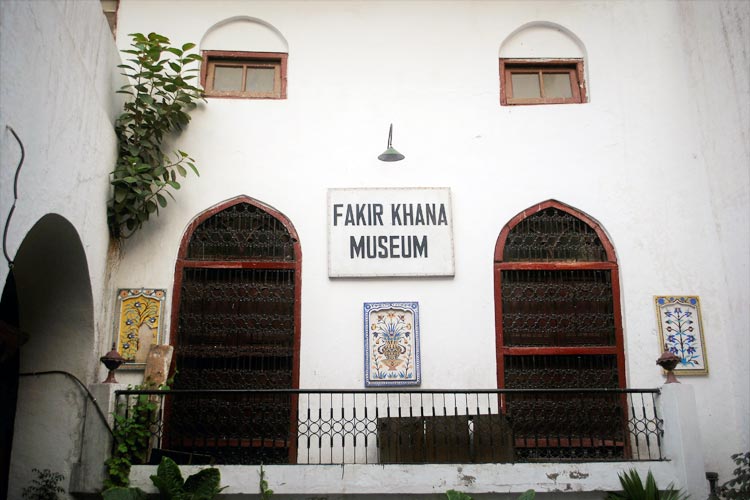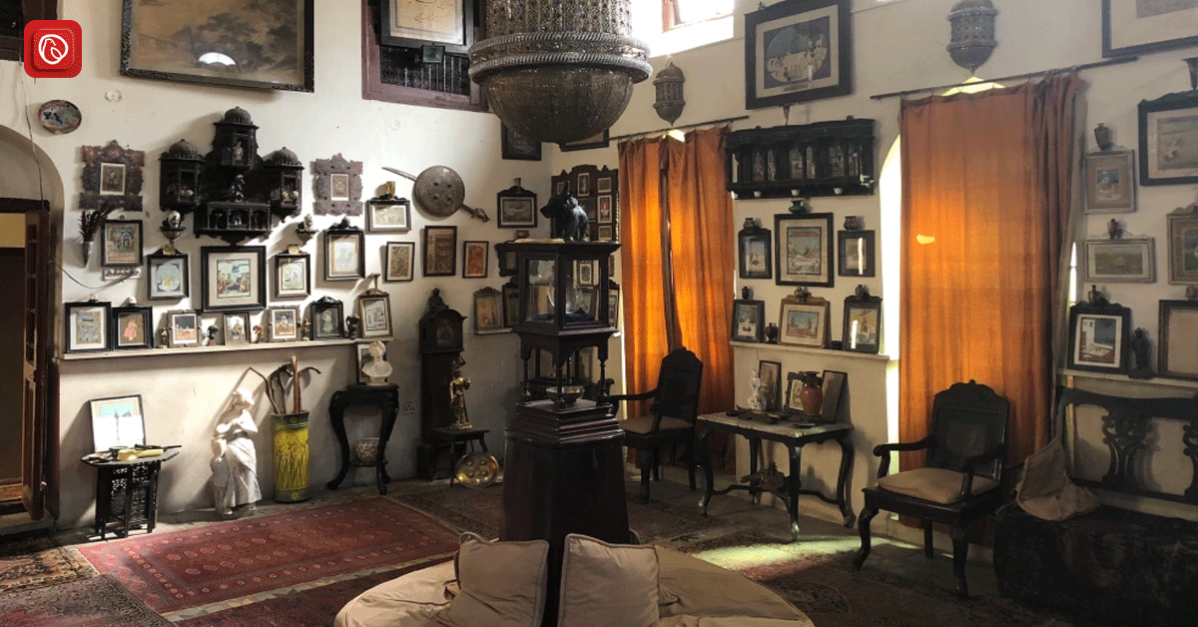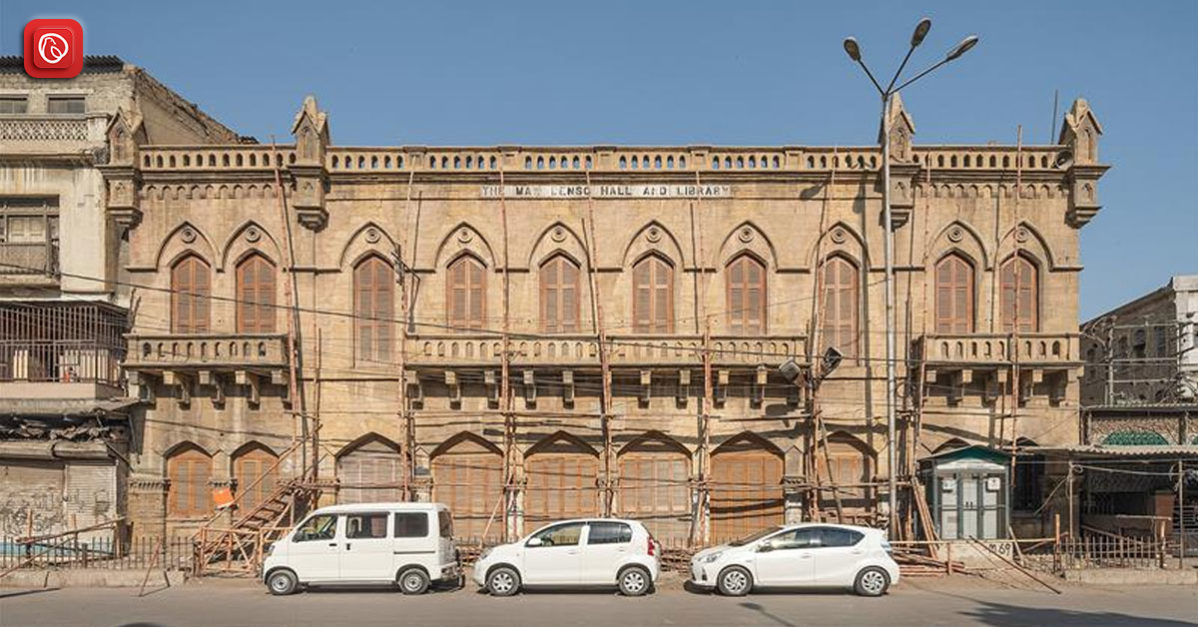Fakir Khana, known as “The House of The Humble Ones,” is one of Pakistan’s most prominent private museums, welcoming visitors since 1901. The original structure was the property of Raja Todar Mal, the esteemed Finance Minister in the court of Akbar during the Mughal Empire.
Later in the early 20th century, it underwent renovation. This transformed it into a stately residence that preserves nearly two centuries of the region’s rich history, chronicling the lives of significant personalities from that era. Fakir Khana Museum offers a unique experience as it effectively presents the internal aspects of a household to the public eye.
Graana.com discusses everything you need to know about the Fakir Khana Museum. This includes its governance and ownership, history, art collection, and more.
Governance and Ownership

It is presently managed by the sixth generation of the Fakir family. The museum is conveniently located within a short five-minute stroll from Bhatti Gate. This gate is amongst 13 famous gates in the walled city of Lahore. Notably, it is the sole privately owned museum officially acknowledged by the Pakistan Government.
Moreover, the museum’s origins are intertwined with the history of the Fakir family, which originally settled in Lahore in 1730, establishing and operating a notable publishing house. Throughout the years, the Fakir family has amassed an impressive collection of 10,000 manuscripts.
History of Fakir Khana Museum

Around 1730, the Fakir family settled in Lahore and established a notable publishing house. Their connections to the Sikh Empire largely influenced their prominence within Lahore’s social circles. Notably, three ancestors of the family, namely Fakir Nooruddin, Fakir Azizuddin, and Fakir Imamuddin, served as emissaries to Maharaja Ranjit Singh.
Over time, the family accumulated a diverse collection of artefacts. Some of these were generously bestowed upon them by Ranjit Singh. In 1901, the family opened their residence as a museum accessible to the public, and the site presently receives certain government funds for its upkeep.
Miniature Hall: Paintings and Art Collections
The Fakir Khana Museum presently accommodates a rich collection of over twenty thousand art pieces and historical artefacts spanning three centuries, from the 18th to the 20th century.
Among the various sections within the museum, the Miniature Hall stands out as remarkable, meticulously preserved over seventy-five years. This section offers a glimpse into the opulent lifestyle of a prosperous Lahore household during an era marked by the encroaching influence of Western culture.
The Miniature Hall is adorned with a vast collection of meticulously framed and glazed miniature paintings, beautifully showcased on the walls. These pieces, either on paper or ivory, represent diverse schools of art, including Mughal, Irani, Kangra, Pahari, and Rajput, amounting to a total display of 160 miniature paintings.
The main highlight of the Miniature Hall is its extensive display of miniature paintings. These are elegantly showcased on the wall, each meticulously framed and glazed. These exquisite artworks, crafted on either paper or ivory, represent diverse artistic schools such as Irani, Mughal, Kangra, Rajput, and Pahari. In total, the hall exhibits 160 intricately detailed miniatures.
Buddhist Art
A segment of Fakir Khana Museum is specifically devoted to the Buddhist Art of the Gandhara civilisation, which flourished predominantly from the 1st to 5th centuries. This early civilisation extended across what is now North West Pakistan and a portion of Afghanistan.
The sculptures originating from Gandhara distinctly reflect the profound influence of Greek art. Notably, Gandhara holds the distinction of creating the earliest known sculptures representing Buddha. Moreover, it is also famous for propagating the Mahayana school of Buddhism throughout South Asia.
Textile Collection
The textile collection predominantly dates back to the 19th-century Sikh Period. Notable pieces include an exquisite Kashmiri shawl, purportedly once owned by Maharani Jinda, Maharajah Ranjit Singh’s esteemed consort, the Punjab sovereign.
The Hall of Carpets
Originally serving as the sitting room (Gol Kamra) of the Fakir Khana Museum, the Hall of Carpets presently houses a notable collection of 18 carpets, rugs, shawls, and various embroidered textiles. While some of these pieces are on display within the hall, you can find others in the Hall of Miniature Paintings and the Calligraphy Room.
Among the collection, there are 16 carpets, comprising 6 Iranian, 8 Shirazi, and one Iranian ‘gilm’ adorned with floral motifs, with one presently showcased in the exhibition.
Frequently Asked Questions (FAQs)
Following are the most common questions and their answers about the Fakir Khana Museum.
What is the historical significance of the Fakir Khana Museum?
The Fakir Khana Museum is historically significant as it preserves and displays artefacts related to the Fakir family’s heritage and their connections to the Sikh Empire.
What are the opening hours of the Fakir Khana Museum?
The museum is generally open to the public from 10:00 AM to 5:00 PM, Tuesday through Sunday.
How can one reach the Fakir Khana Museum using public transportation?
The museum is conveniently located near Bhatti Gate, one of the prominent gates within the walled city of Lahore. It is easily accessible by various means of public transportation.
What are the major highlights of the Fakir Khana Museum’s collection?
The museum’s notable highlights include a diverse array of artefacts, such as miniature paintings, carpets, textiles, historical manuscripts, and artefacts from the Sikh Empire period.
Are there any special exhibitions or events held at the Fakir Khana Museum throughout the year?
Yes, the museum occasionally hosts special exhibitions and events that showcase specific themes or highlight significant aspects of the museum’s collection.
Is there an entry fee for visiting the Fakir Khana Museum?
Yes, there is a nominal entry fee for accessing the museum. You can obtain the current fee structure from the museum’s official website or at the museum entrance.
Are guided tours available at the Fakir Khana Museum?
Yes, guided tours may be available at the Fakir Khana Museum. Visitors can inquire at the reception for information about guided tours or the availability of audio guides.
Can visitors take photographs or videos inside the Fakir Khana Museum?
Yes, photography and videography for personal use are generally allowed within the museum. However, confirming specific rules and restrictions with the museum staff is advisable before taking any photographs or videos.
Does the museum offer educational programs or facilities for children?
Yes, the museum may offer educational programs and facilities for children. Visitors can inquire about educational tours or activities for children at the museum’s reception.
How can one contribute to the preservation and development of the Fakir Khana Museum?
Contributions to the preservation and development of the Fakir Khana Museum can be made through various means. These include donations, sponsorships, or volunteer work. Interested individuals or organisations can contact the museum administration for further details on how to contribute.
To read about the Peshawar Museum, visit Graana Blog.




